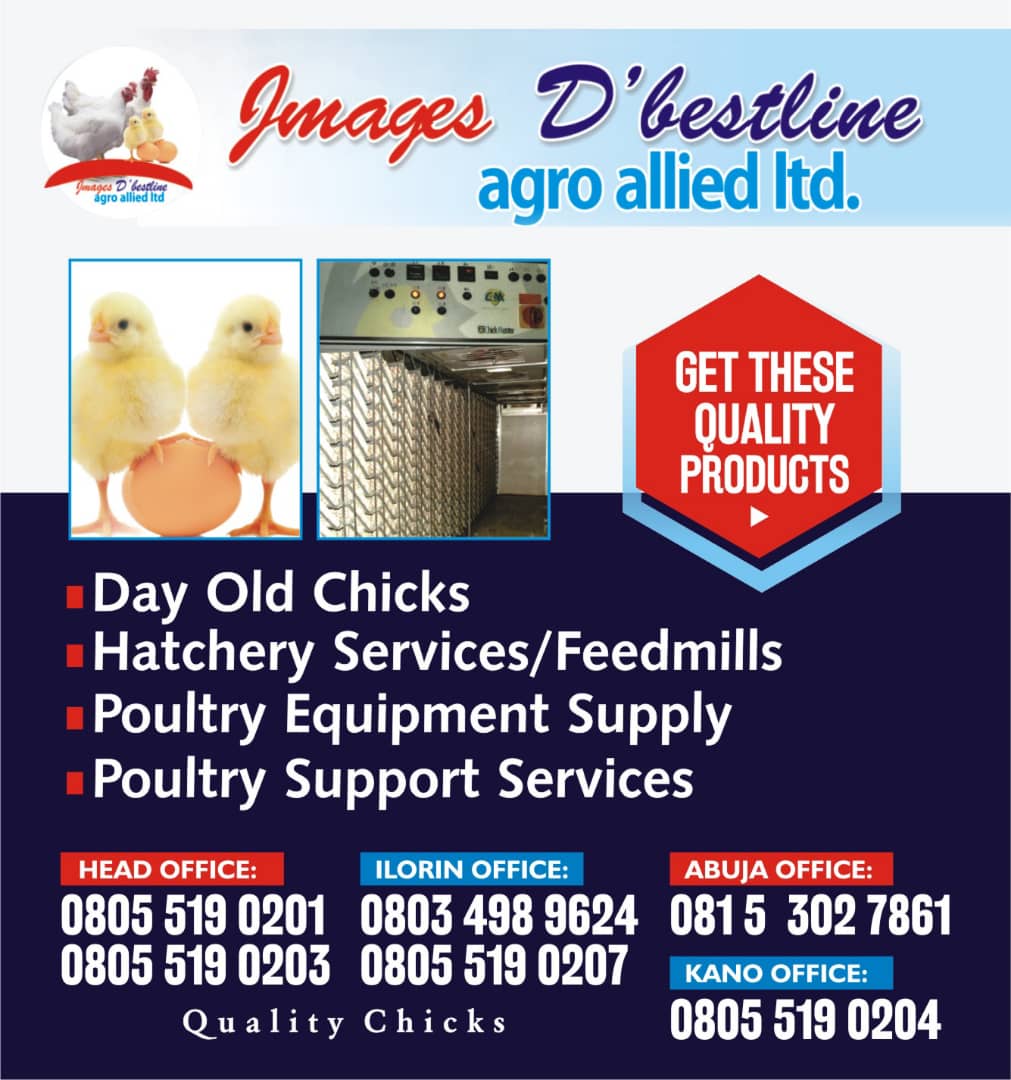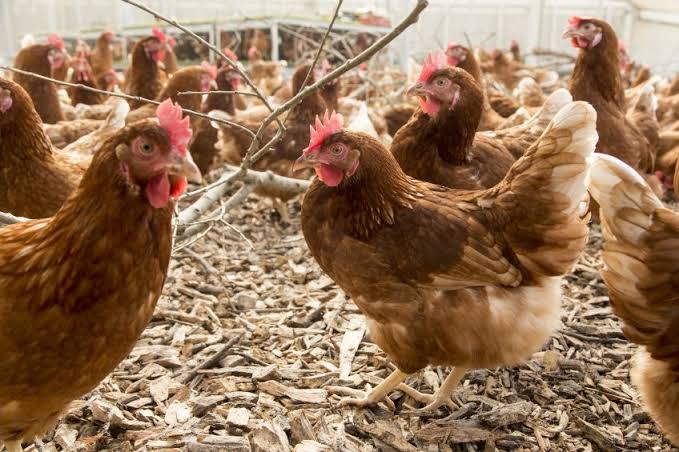🔥E- book offer of the day: 👉👉 Poultry farming business report Volume 5
Handling and Main Challenges of Rearing Pullets
 Learn More
Learn MoreThe growing and rearing stages of the laying hen are basic to allow the animal express its maximum genetic potential in the productive phase, in order to achieve a proper production curve with high and persistent peak.
The objective in this period is to obtain a proper uniformity of the batch, which means animals should have the following features: adequate size and recommended weight, good development of the skeleton, muscular and immune systems and a low amount of fat.
In order to achieve this objective, it is necessary to consider:
The handling of the rearing pullets, controlling: sanitary status after reception and weekly, batch density, break trimming, feeding and lighting program, and vaccination plan.
The biosecurity measures of the farm, in order to avoid the presence of pathogens, whether viruses, bacteria such as Salmonella or parasites such as Eimeria.
HANDLING OF THE REARING PULLETS
FEEDING PROGRAM
STARTER PHASE: 0-4 weeks
This period is very important for the development of the pullet and all its vital organs. In this phase, the development of the digestive system and its flora and the immune and skeletal systems takes place, as well as the first juvenile molt. All these phenomena require high levels of energy and protein, so feed should be highly digestible and administered ad libitum.

It should be noted that feed intake in this phase is low and does not have a great impact on the total cost of production. Despite this, saving money by sacrificing quality should not be an option, as this phase has a big impact in later phases. Inadequate growth in this period has a determining effect on the weight at the beginning of the laying period and on the productivity of the animal.
Don’t wait – buy this captivating ebook right away.👉👉 Poultry farming business report Volume 5
REARING PHASE: 4-15 weeks
Pullet has completed the development of the digestive system and has greatly increased its size by 10 weeks of age. The skeleton is still being developed, especially the medullary bone, as well as the muscle mass and fat deposition. The same occurs with the hormonal system, and the oviduct and ovary development begins. In this phase, two juvenile partial molts take place.
READ ALSO 15 ways to build a solid team for a successful poultry Broiler farming business
It is important to evaluate the size, weight and conformation, as well as the size and coloration of the comb. These considerations allow to establish the physical and reproductive maturity of the batch, as well as the presence of possible disruptive factors, whether from infectious or handling origin.
The feed used in the last 5 weeks of the rearing is almost a half of the total feed consumed before the laying period. Feed with high fiber and low protein and energy is recommended. The aim of this guideline is to avoid high fat deposition and to stimulate the ingestion capacity, to develop the crop and gizzard properly. Achieving a good ingestion capacity is essential for the first weeks of laying as, by this time, nutritional needs are very high, and ingestion may be limited. The ingestion capacity and weight at the beginning of the laying period will determine the egg weight.
LIGHTING PROGRAM
The factors to take into account for the poultry lighting program are: the intensity and uniformity of the light, the duration (photoperiod), the wavelength and the light source.
As the birds approach sexual maturity, sensitivity to photo stimulation increases. The lighting program generates a photosexual response in rearing hens and allows synchronization of the sexual maturity and stimulation of the start of laying.
There are studies that indicate that red or white light (containing red colour) stimulates the development of the gonads more than green or blue light, although it would be necessary to deepen the research to confirm the effect of wavelength on gonadal development.
Uniformity of lighting is also an important factor to consider. The intensity of the light should not vary more than 25-35% inside the facilities to avoid compromising access to feeders and drinking fountains.
At the end of the rearing period, light values must be equal or lower than those stablished in the laying facilities.
VACCINE PLAN
The vaccination plan must adapt to the area and the farm. In the design of the vaccination plan it is essential to assess:
Diseases that should be included. Vaccinations included commonly in worldwide plans are: vaccination against Gumboro disease, Newcastle disease and infectious bronchitis.
Strains of the pathogens present in the farm.
Available commercial vaccines and their characteristics.
Reduce the handling of the rearing pullets as much as possible. Schedule of vaccinations. Dates for the vaccination plan should be set to reduce stress and any negative effects on the development of immunity.
Evaluation of vaccines efficacy by serology.
BIOSECURITY IN THE FARM
Among the safety measures to be included in each farm biosecurity program, there are:
READ ALSO 12 ways to deal scientifically with the problem areas in poultry broilers production
Perform the “All-in All-out” system, which means that all animals inside the facility should have the same age, without mixing animals of different ages nor introducing animals from other batches.
Introduce chicks in a single entry. In case there are multiple entries, they must be made in less than a week.
Obtain chicks from same origin.
Perform an adequate disinfection and hygiene plan. Farm environment must be kept clean, and presence of feed outside the feeders and silos should be avoided.
Maintain a correct isolation between facilities, but also isolation of the farm from vehicles and biological vectors, such as rodents, wild birds or insects (flies, Alphitobius diaperinus…).
Control the access of outside personnel and vehicles to the farm.
Use specific clothing for each facility, especially for outside personnel. Ensure the practice of disinfecting boots and hands before entering the farm. Taking a shower is also recommended.
MAIN CHALLENGES OF THE REARING PULLETS
Among the main challenges in the rearing phase, the following should be highlighted: to reach the standard weight with a good uniformity of the batch, to control the outbreak of coccidiosis, and to properly immunize the flock.
Invest in this knowledge-packed ebook promptly. 👉 20 questions to ask your poultry farm manager everyday
WEIGHT AND UNIFORMITY
Uniformity of the weight of the flock is an indicator of a normal development of the batch. It is expressed as the percentage of animals whose individual weight is between ± 10% of the current average weight of the batch. The objective is to achieve a uniformity greater than 80%, considering it optimum if greater than 85%.
Factors that negatively affect these productive parameters include:
Overcrowding
Inadequate energy formulation or bad feeding management.
Stress situations, whether caused by pathologies (coccidiosis, mycotoxicosis) or by management of the rearing pullets, such as the peak trimming.
Measures mentioned above, such as handling of the rearing pullets and biosecurity, should be complemented with the use of natural solutions as additional support to improve intestinal health. The use of intestinal conditioner pronutrients, which promote proper regeneration of the intestinal mucosa, improve digestion and nutrient absorption, ad reflected in a better growth rate.
ATTENTION: Click “HERE” to join our WhatsApp group and receive More updates directly on your WhatsApp!
COCCIDIOSIS
Coccidiosis is the most common protozoan disease in poultry and supposes considerable economic losses in the industry. It is caused by different species of Eimeria, an intracellular parasite that damages the host’s intestinal wall, causing enteritis and diarrhea.
Both pullets raised in cages or cage-free can be affected. The onset of symptoms usually takes place around 21-28 days of life, due to the time elapsed after infection and the reproductive cycle of Eimeria, although the risk of an outbreak is present throughout the entire rearing.
It is essential to develop a prevention plan through the use of anticoccidial products or vaccination to control the effect of the disease on the productive parameters of animals.
Occasionally, coccidiosis outbreaks may occur once the birds are transferred to the laying craft, so preventive measures should be applied to the feed animals receive in the laying facilities.
Nowadays, the concern of the microbial resistance against anticoccidial drugs and the restriction of their use in the laying phase, together with the risk of outbreak that may occur with vaccination, increase the need for natural preventive solutions. The use of intestinal optimizers, which promote the activity of the local immune system of the intestine, allows the control of the onset of the disease and its side effects, both during the rearing phase and during its transfer to the laying facilities.
IMMUNITY
An adequate feeding, good biosafety measures and a vaccine plan adapted to the farm are three basic pillars to achieve a correct immunity of the flock.
Vaccination program in rearing pullets includes, mainly, immunization against Gumboro disease, Newcastle disease and infectious bronchitis. This program seeks to avoid the effects of these immunosuppressive diseases, which include an increase in secondary infections, decrease in production parameters and presence of abnormalities in the egg.
Animals must have a good immune status on the day of vaccination to develop a good immunity. Therefore, together with good biosecurity measures, the use of immunostimulants is adequate to ensure the animal is ready to receive the vaccine and enhance the effectiveness of such vaccination.
CONCLUSIONS
The control of pullets in the rearing period is essential to achieve an adequate and homogeneous growth, since the results of this phase will be reflected in the laying parameters.
Prevention of handling issues in rearing pullets, together with weekly control of weight and uniformity, and feed and water consumption, will help to achieve the desired results.
Due to the importance of this phase, it is appropriate to apply the already mentioned measures and natural active molecules that complement the diet, such as intestinal conditioners or intestinal optimizers to ensure good digestive function and control of potential intestinal pathogens, as well as the use of natural immunostimulants to ensure a good development of the immune response after vaccination.















